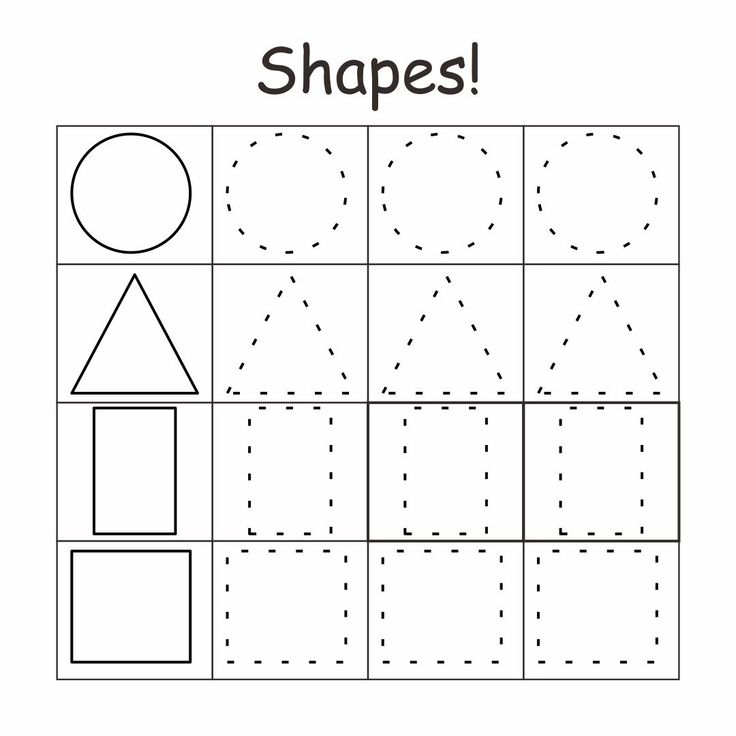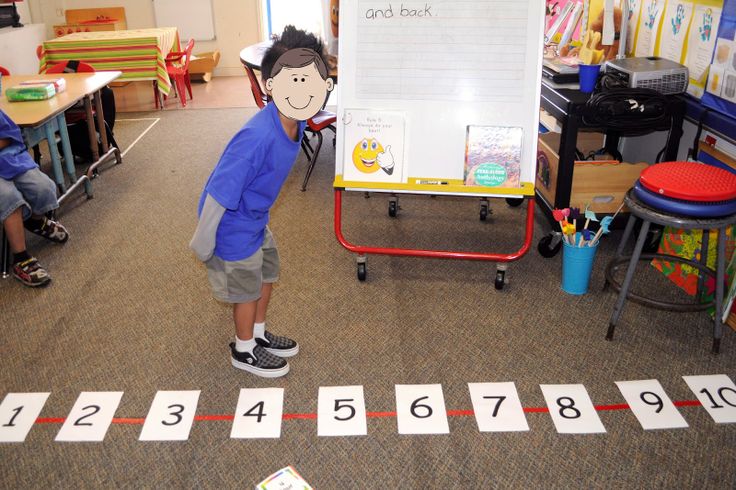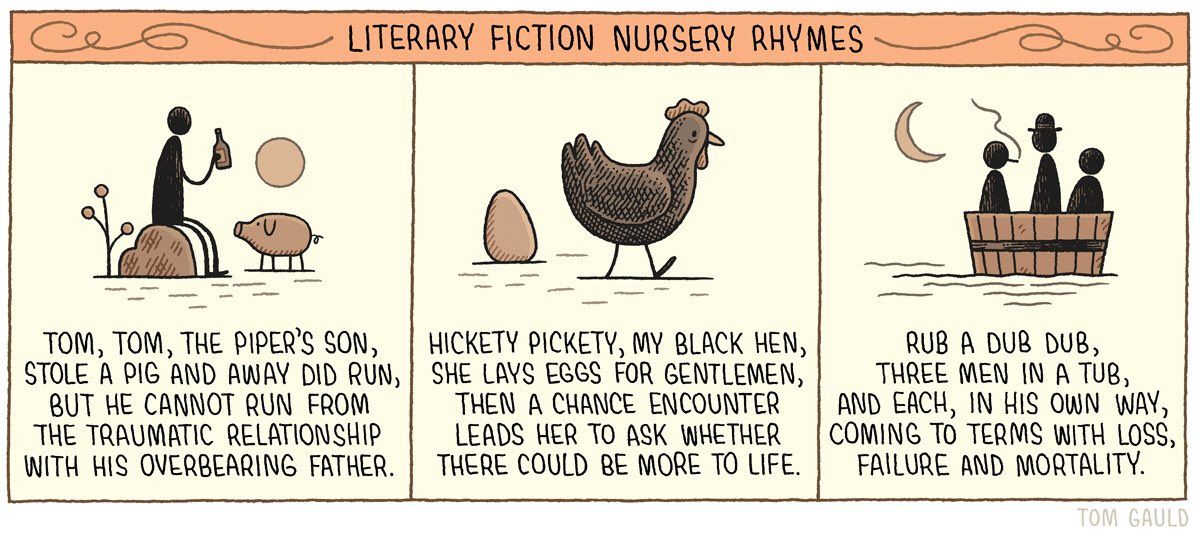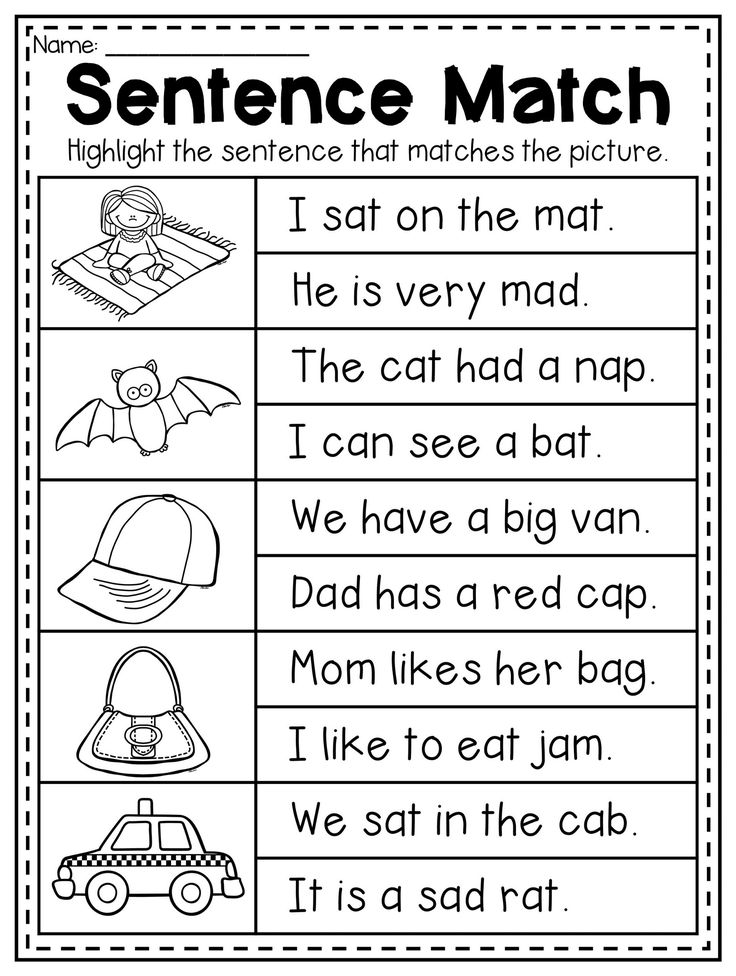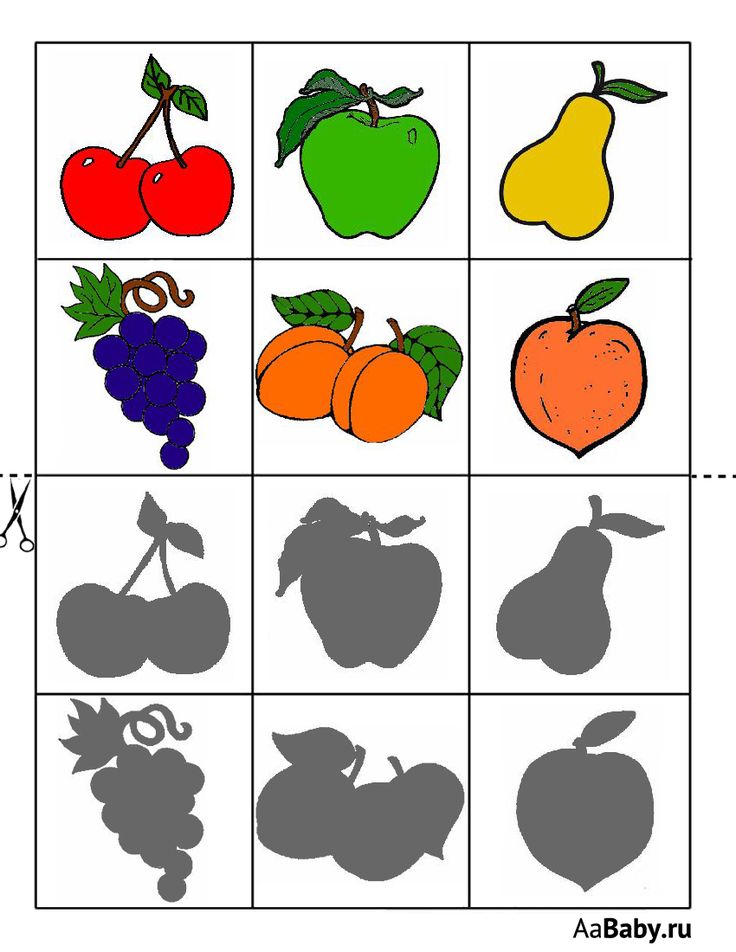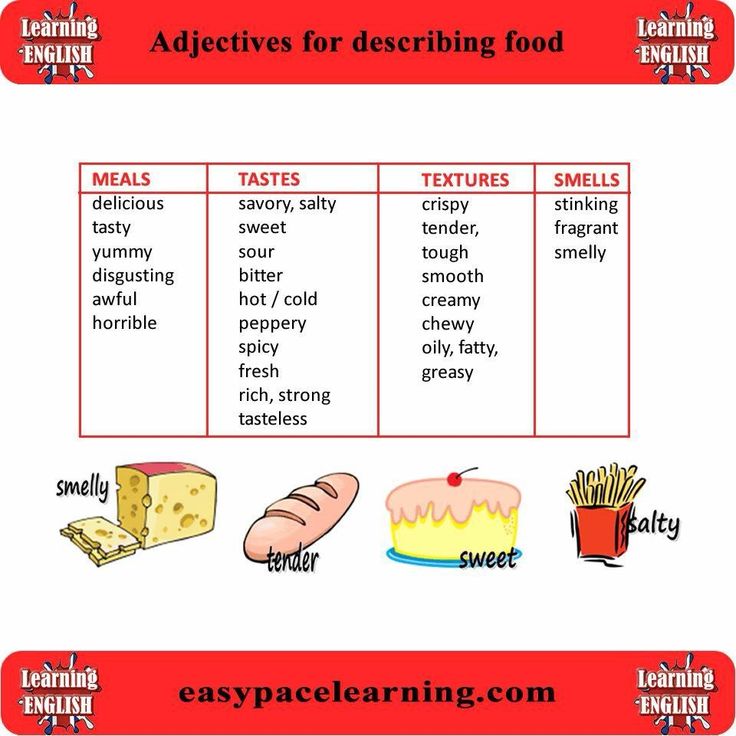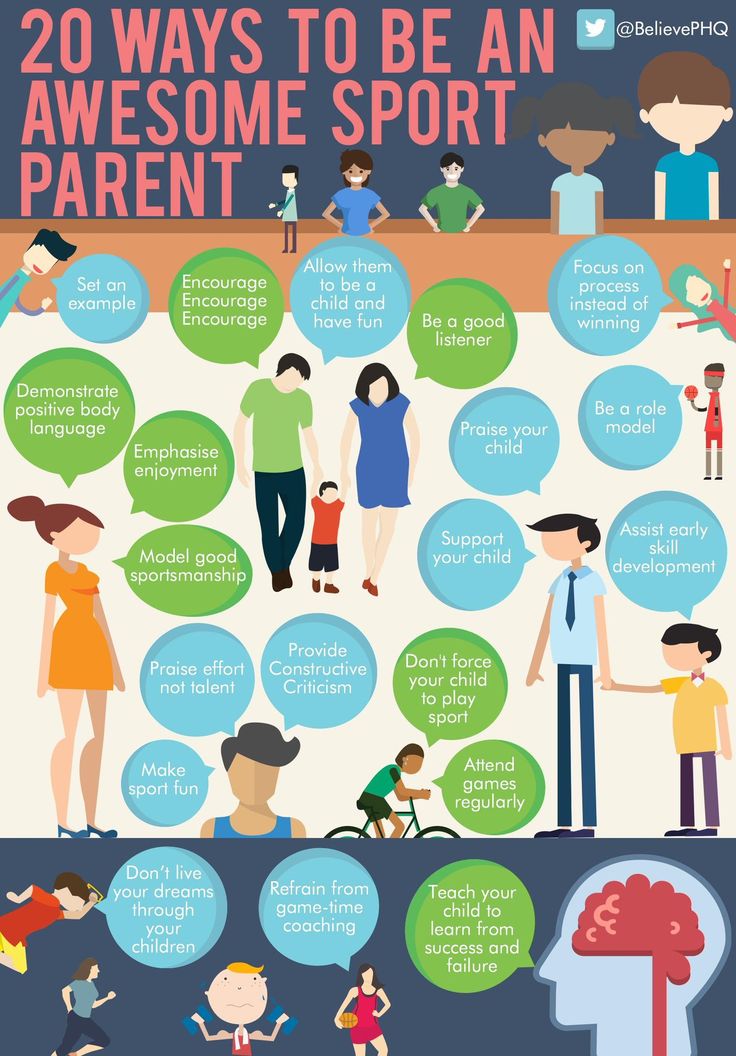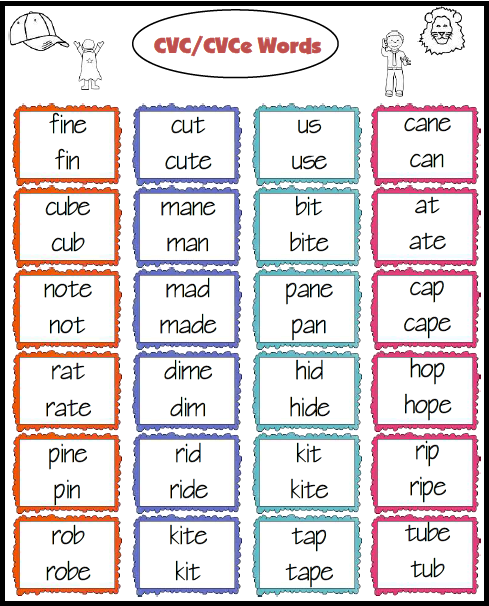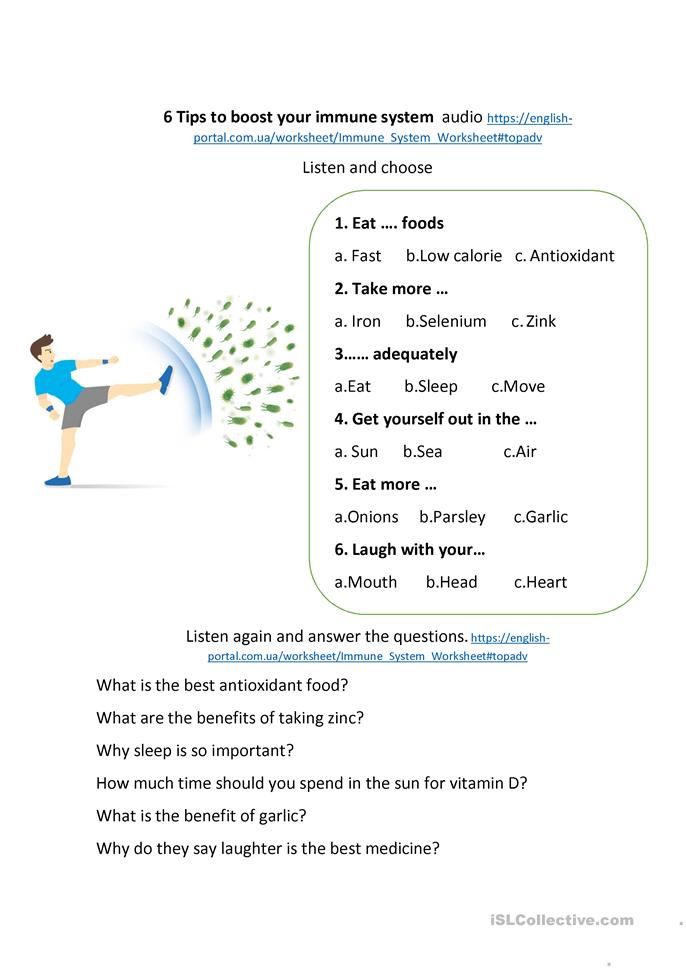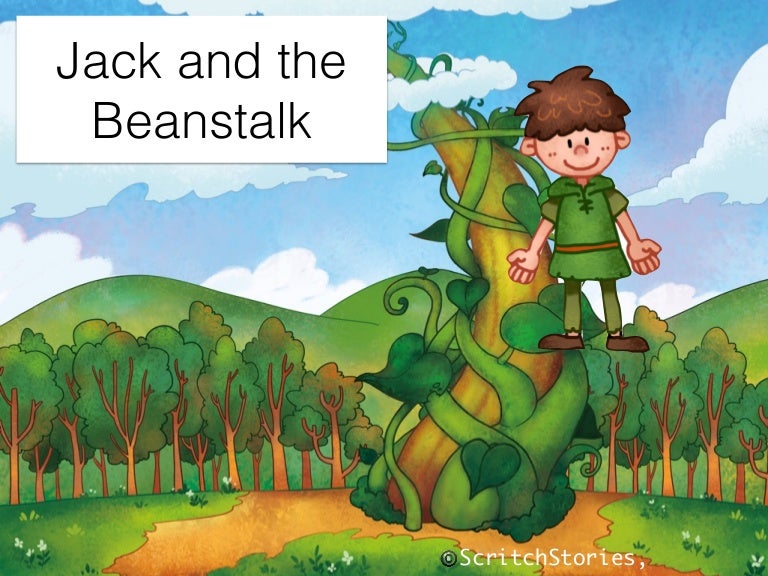Six year old activities
Toys and Play: 6- to 8-Year-Olds
Child Development and Parenting
You can download this article as a PDF (English, Spanish)
Children play from the moment they are born. Play is how they learn about themselves and their world. It is how they develop and practice the physical, thinking and social skills needed in life. These tips will help you choose toys and play activities for your child based on their age or stage of development. Think about sharing them with your child’s other caregivers, too.
6- to 8-year-olds:
- Enjoy large-muscle activities like jump rope, bike riding, roller blading, ball games and hopscotch
- Also enjoy fine motor activities like drawing, braiding, cutting, jigsaw puzzles, weaving, wood work and simple sewing
- Make use of reading, writing and simple math in games and toys
- Enjoy nature and simple science
- Have an increased interest in friendship and belonging
- Prefer to play with same-sex friends
- Like riddles, jokes and using secret codes
- Play well with others and want to play fair
- Do not like to lose and may cheat to win
- May collect things (cards, dolls, etc.
)
- Like dramatic play and putting on shows
- May be ready for athletic and team sports
- May want to start lessons in music, dance, drawing or crafts
Toys and activities
Active
- Two-wheeled bike
- Skate board and scooter
- Jump rope
- Complex gym sets with rings, bars, swings, ropes and slides
- Sports gear and balls
- Ski, snowboard, sled and hockey gear (with adult supervision)
- Roller blades and ice skates
- Horseshoes, croquet and badminton
- Ping-pong and foosball (from age 8)
- Sand and water play toys
Construction
- Large sets of blocks or bricks
- Complex construction sets made of wood, plastic or metal
- Sets with motorized parts and complex gear systems
Transportation
- Small cars and trucks and collectibles
- Large-scale realistic cars and trucks with working parts
- Train sets (electric sets at 8 years)
- Simple remote-control cars
Make believe
- Dolls with many accessories, house and equipment
- Collector dolls, paper dolls and action figures
- Stuffed animals
- Puppets and theater
- Dress-up clothes and make-up
- Magic and disguise kits
- Props for dramatic play (store, school, library, office, space)
- Cooking and sewing equipment that works
Learning and games
- Simple strategy and rule games
- Word, match, and spelling games
- Puzzles
- Balance and scales
- Mechanical models with pulleys, levers and pendulums
- Models: human body, physical world, space and moon
- Science and weather kits
- Microscope, telescope and binoculars
- Protractor and calculator
- Apps, computer or hand-held games for teaching math, drawing/graphics, story writing and music writing
- Video games (check for age level)
- Books
Arts, crafts and music
- Crayons, paint, markers, pencils, stencils, pastels and chalk
- Sketch pads, art paper and coloring books
- Scissors
- Clay, plaster of Paris and papier-mache
- Looms and knitting spool
- Beading, mosaic tiles, leatherwork, sewing kits, weaving and jewelry making
- More complex woodworking tools (with adult supervision)
- Photography
- Model airplanes and cars
- Rhythm instruments
- Music, dance and gymnastic lessons (age 7 or 8)
- Device for listening to music
Safety
Choose toys that meet these safety guidelines for this age:
- Non-toxic materials
- No sharp points or edges
- No electrical parts without adult supervision
- Always use the right safety gear with activities, such as helmets, knee and elbow pads and life jackets.
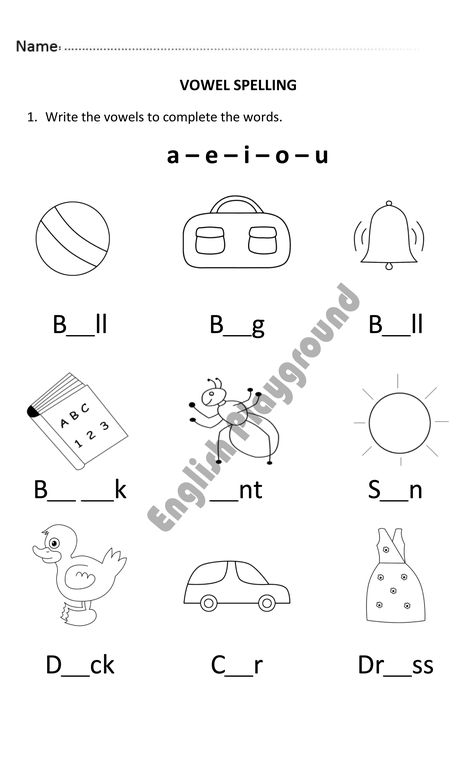
Learn more about toy safety and get tips for choosing toys and play activities for children of other ages.
30 Best Indoor And Outdoor Learning Activities For 6-Year-Olds
Combing learning with play can never make your little one a dull kid.
Image: Shutterstock
Six-year-olds can read books independently, speak entire phrases, comprehend numbers, and draw various geometric forms. So it’s the right time to start laying the foundation for learning by enrolling them in different activities for 6-year-olds. You don’t have to always force children to participate in educational activities. There are various other fascinating methods to have fun while learning new things. Continue reading this post to learn about numerous activities your child would like.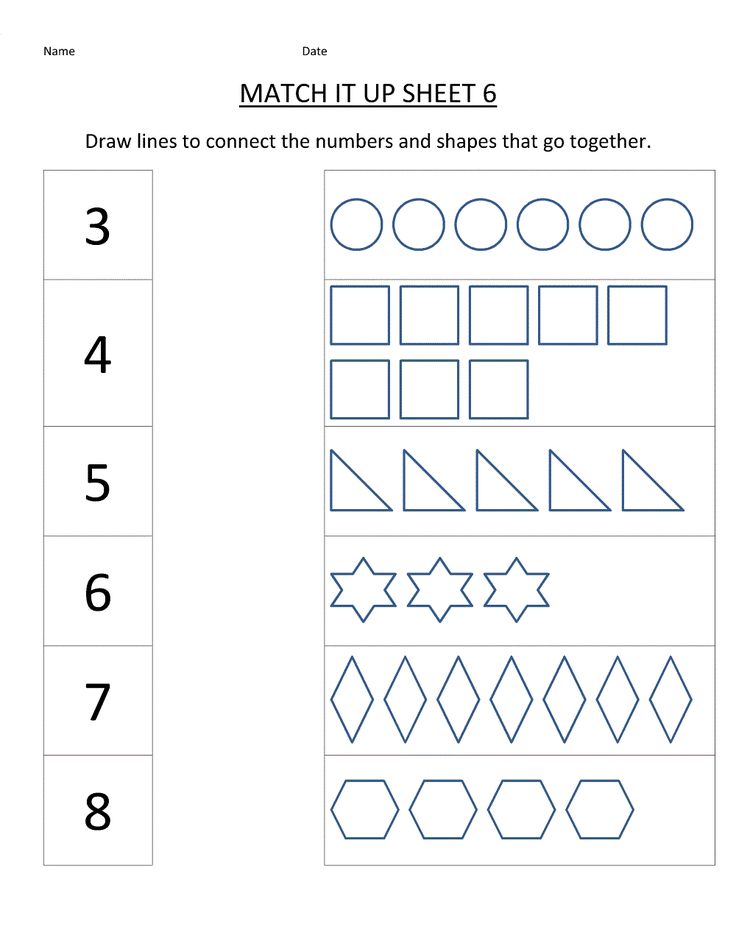
30 Activities For Six-Year-Olds
Fun Activities
One of the most important activities that your child should do is play. But as parents, you may want them to learn something while playing. We have some fun learning activities that your kid can enjoy while also reaping benefits.
1. Tongue twisters
Tongue twisters are a combination of unusual sounds and are often difficult to pronounce. They are a good way for children to improve their vocabulary and pronunciation. Your six-year-old can have a fun time by repeating the funny tongue twisters and also include the rhythm and sounds while practicing English. It improves reading and memory skills. We have a few for you to try:
- Yellow butter, purple jelly, red jam, black bread.
- Any noise annoys an oyster, but a noisy noise annoys an oyster more.
- A big bug bit the little beetle but the little beetle bit the big bug back.
- Cooks cook cupcakes quickly.
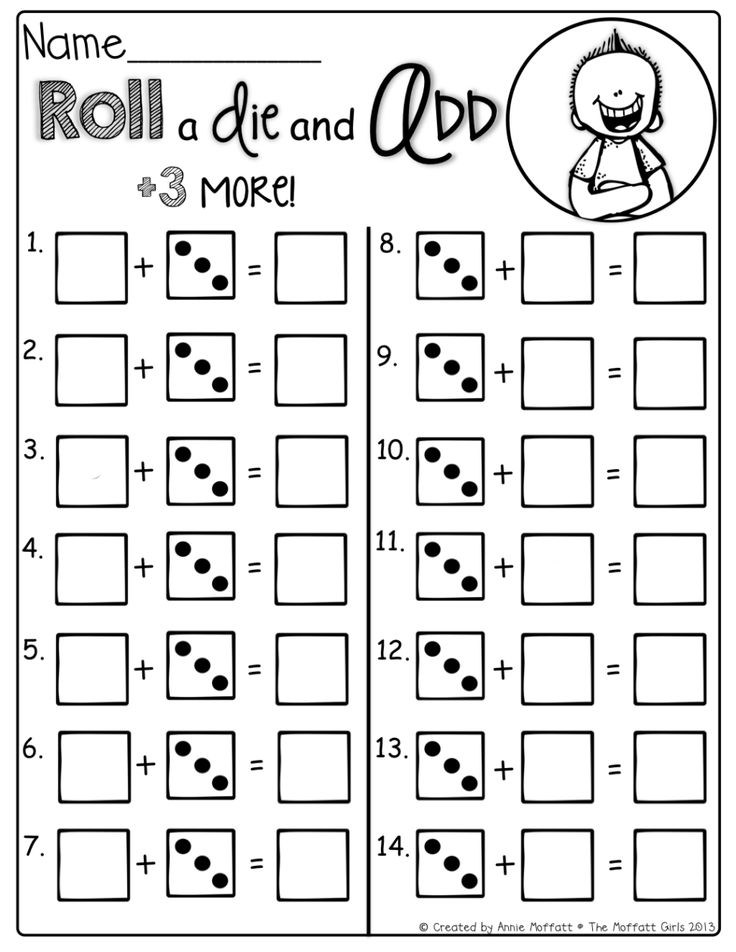
Did you know?
Tongue twisters will let you know the sounds your child is struggling with. They may get stuck on the same sound repeatedly, which is an indication to focus on that sound.
2. Language games
Image: Shutterstock
Improving language is not limited to grammar books. Playing language games once or twice a week can provide an interactive learning experience. Some of the popular language games include:
- Unscramble words: Interchange the letters of simple words and ask your child to find out the correct word.
- Riddles: Make a phrase or describe a thing and let your kid identify the subject.
- Word game: Give a big word and ask your child to come up with a list of words using the word’s letters. For instance, if the word is a COMPUTER, then the words that can be made with these letters are top, put, pet, top, and more.
Quick fact
Riddles allow you to describe to your children the various definitions of a single word, e.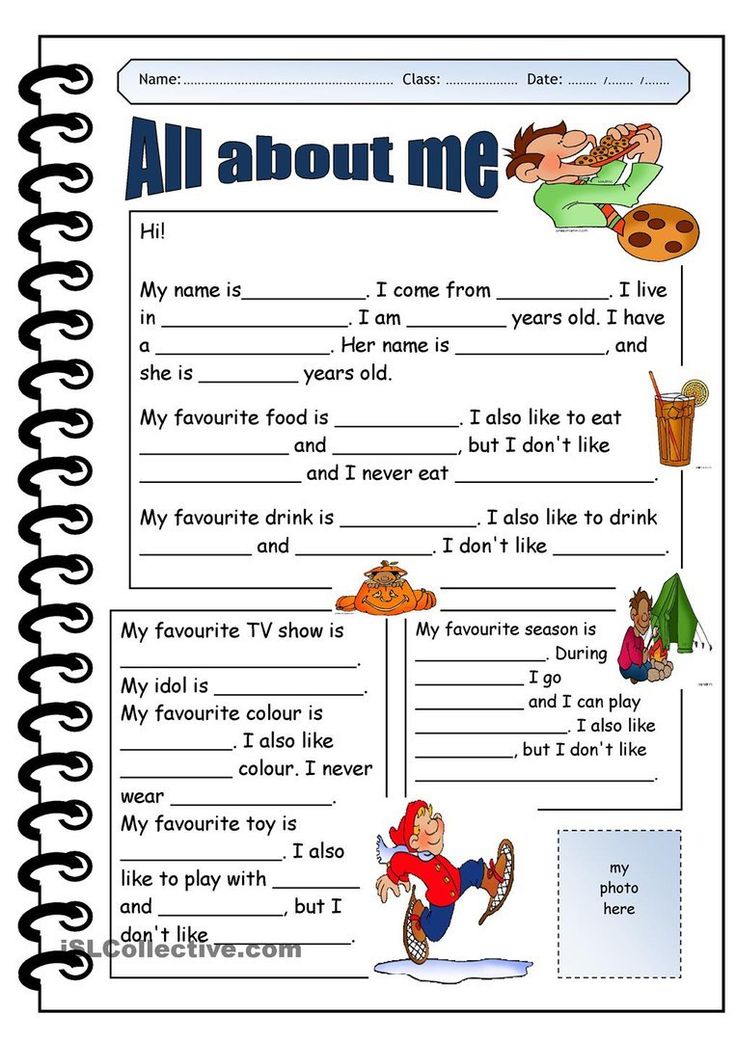 g., school as a place of study or school as a group of fish. It enables children to understand the riddle better.
g., school as a place of study or school as a group of fish. It enables children to understand the riddle better.
Related: 10 Fun English Learning Games And Activities For Kids
3. Listening games
Listening is a skill that helps build reading ability, improve speech, and develop social and communication skills. We have a few simple and fun activities that you can try for your six years old child.
- Say a series of words and ask your child to pick the odd one out.
- Word Chain is a fun game that needs careful listening. Start with a random word, and let your child come up with the next term that starts with the last letter. For instance, your word is Apple, the next one would be Elephant, and then Tiger.
- A Line-up story is another exciting game that helps improve language and listening skills. One person has to say a random sentence, and the other has to continue the story by adding a line. The game goes on, and eventually, the story turns out to be funnier than expected.
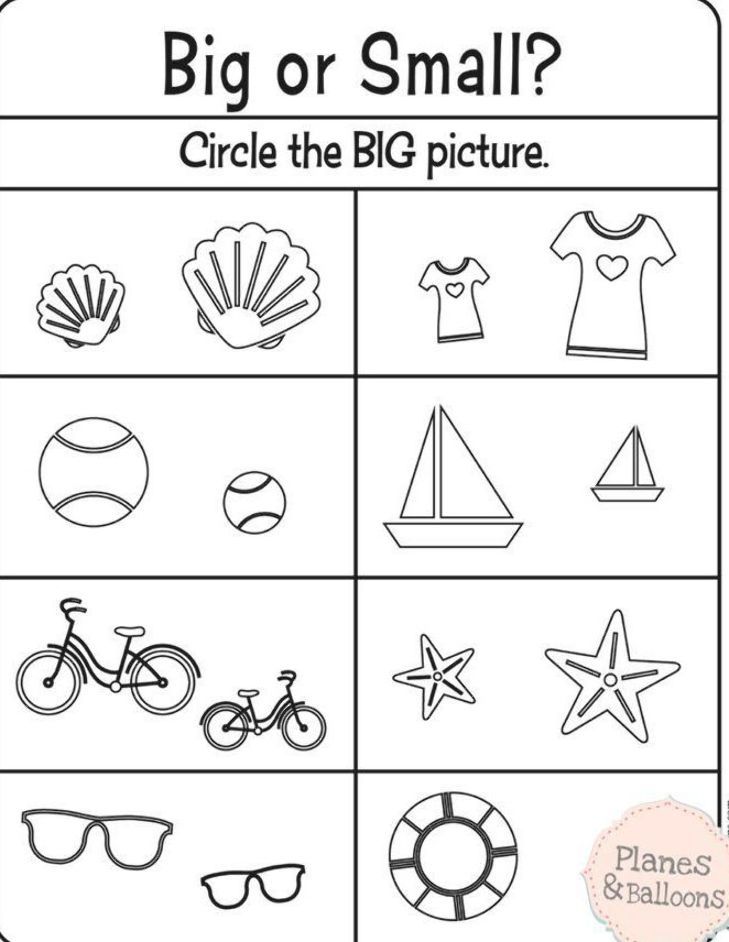
4. Phonic games
Phonics is the relationship between the alphabet and sounds. Learning to use phonics correctly from a younger age can make it easier for children to spell long and challenging words. Here are some creative activities.
- Rhyming words: Rhymes can be a light-hearted way for little ones to understand phonics. Give a list of words on a paper and ask your child to come up with a list of rhyming words.
- I spy: It is one of the best activities that can be played anywhere, be it while traveling or when bored. Make a sound of the word that you want your kid to identify. For instance, say, I spy something that begins with bbb or aaa.
Quick tip
Your child may take some time to catch the primary sound of the word and the combination of letters. It can make them feel anxious and disillusioned, but you must make them realize that it’s all about enjoying learning and avoid pressuring them to learn rhymes.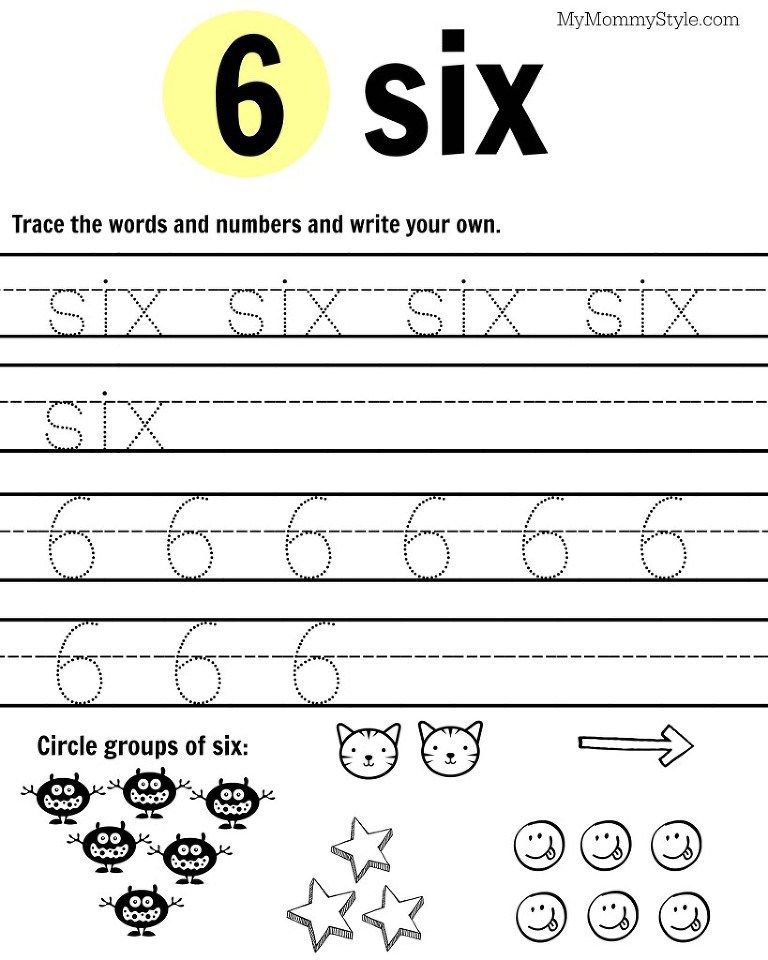
5. Action games
Six-year-old children like to be involved in action-packed games as they are packed with energy and enthusiasm. Such activities also enhance multitasking, improve communication skills, and let the child play and exercise simultaneously. Throw and catch the ball, juggle with a ball or bottle, and treasure hunt are some easy and enjoyable activities.
6. Memory games
Image: Shutterstock
Memorizing words or phrases plays a beneficial role in a child’s development. You can play the game with your six-year-old at home or in the park or even while traveling. Spot the difference, magic cup game, and card game are some easy choices to start with.
Art and Craft Activities
Art and craft activities nurture attention, listening, imagination, and communication abilities. These also help your child identify texture, colors, and shapes, build creativity, and improve motor skills.
7. Origami
Image: Shutterstock
Origami is the art of folding a sheet of paper to make sculptures of animals, birds, or objects.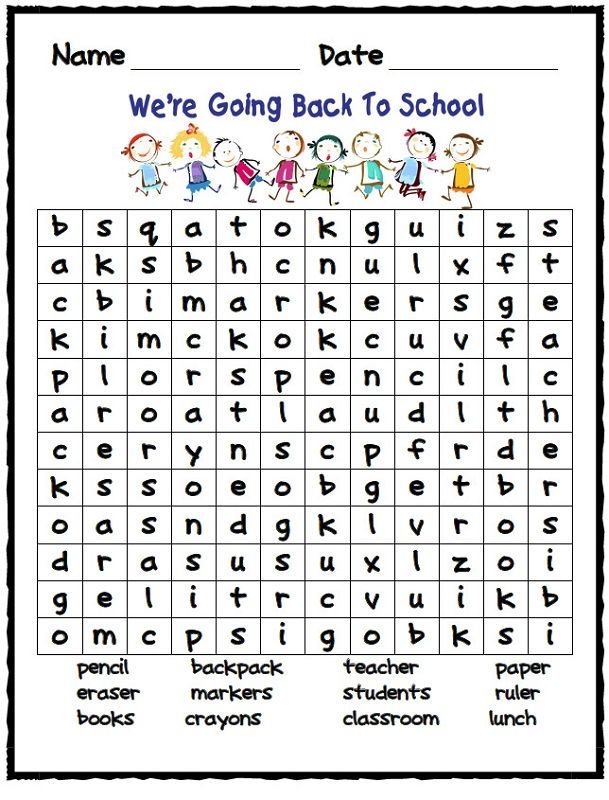 It also brings out the creative side of the child. Give some colorful and smooth-textured sheets of paper to your child, show them how to make an origami (here are some ideas), and let them enjoy it alone or with friends.
It also brings out the creative side of the child. Give some colorful and smooth-textured sheets of paper to your child, show them how to make an origami (here are some ideas), and let them enjoy it alone or with friends.
8. Drawing
The most basic activity that six years old children can do is to draw and color. This simple activity offers benefits such as improving visual analysis and concentration, strengthening hand-eye coordination, and facilitating the better expression of thoughts and ideas.
Related: 7 Basic Drawing Ideas For Kids To Try In 2023
9. Play with wind vane
When art and craft are merged with science, it becomes one of the best logic-based activities. Teach your child to make a wind vane, an instrument used to show the wind’s direction. All you need is a marker, pointer, and cardboard. It is fun to make and play with.
10. Basic cooking
Image: Shutterstock
You can encourage your six-year-old to indulge in cooking as it is one of the most exciting activties ever.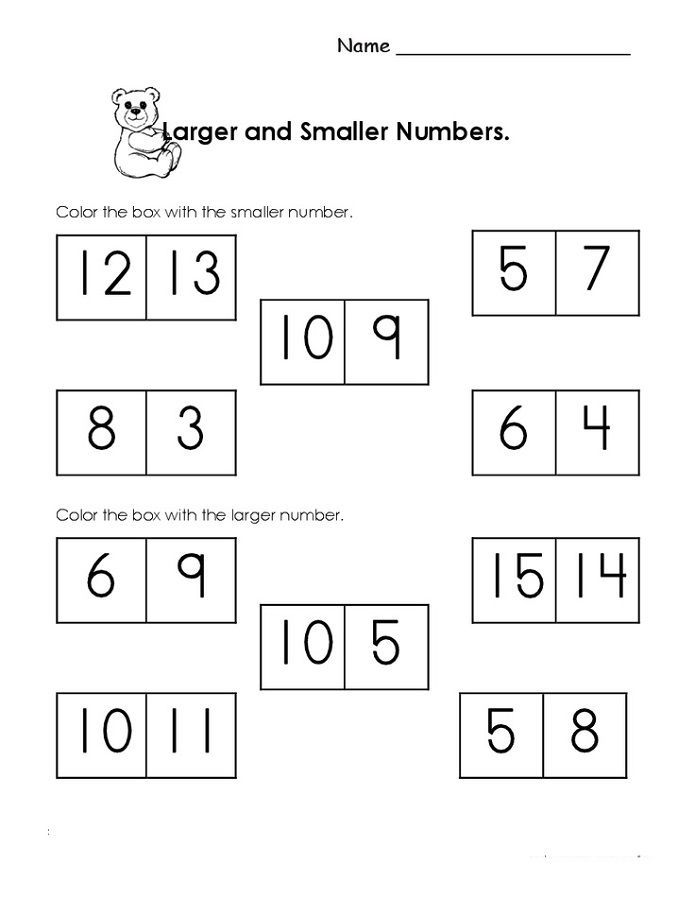 However, it requires adult supervision. Let your child participate in basic cooking activities such as decorating baked items, greasing the pans, dicing soft foods, and mixing ingredients for baking. These are easy and safe activities that steadily develop your child’s interest.
However, it requires adult supervision. Let your child participate in basic cooking activities such as decorating baked items, greasing the pans, dicing soft foods, and mixing ingredients for baking. These are easy and safe activities that steadily develop your child’s interest.
11. Screen games
You can let them play games on the computer, join an online club, and read a book online. However, restrict the screen time to a couple of hours or less. Pick games that you can play with the child or the entire family can play together.
12. Act out stories
Acting out a story that your child has recently read or watched can help them remember it and strengthen their ability to read comprehensions. It is also suitable for their cognitive development. You can use props to make the activity more interesting and amusing.
Related: 4 Stages Of Cognitive Development In Children & Ways To Support
Learning Activities
School is not the only place where a child learns new things.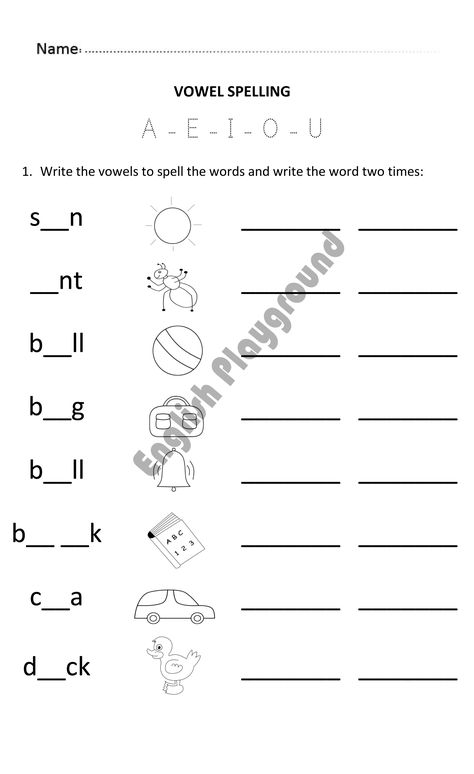 You can improve their knowledge and socio-emotional development skills by getting them involved in learning activities at home.
You can improve their knowledge and socio-emotional development skills by getting them involved in learning activities at home.
13. Tactile games
Tactile or sensory games stimulate your child’s senses by encouraging them to investigate, question, explore, and create while playing. They also improve problem-solving capacity, motor skills, and language development. Playing with clay, stacking blocks, and slimes are some of the simple and fun tactile games they can play.
14. Math games
Learning math can become tedious if your child learns it only at school. You can make it engrossing by playing math games such as Jenga, Dominos, Snakes and Ladders, and Business. There are several math board games and interactive games that you can allow your child to play. They can learn addition and subtraction, shapes and sequences, counting, and number relationships to strengthen their reasoning and problem-solving skills. Don’t forget to give them bonus points for good work!
15.
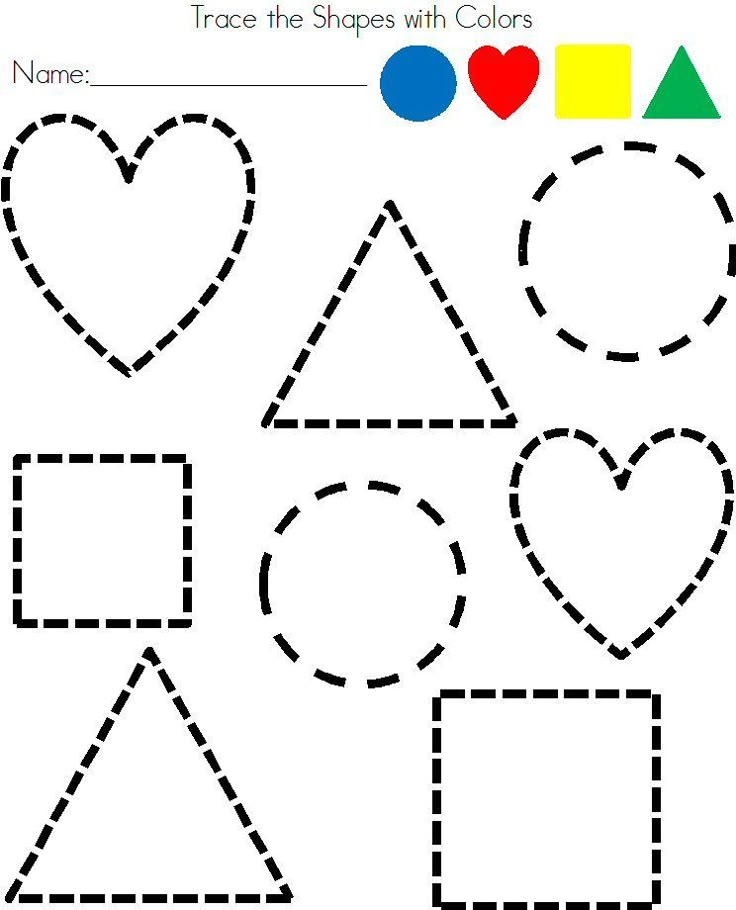 Reading together
Reading togetherImage: Shutterstock
Reading from a young age fosters imagination and improves understanding of a language. To make reading a compelling activity, you can read stories to your child and ask them to read it to you. Sometimes, you can read the stories together and discuss them, too. Try to make reading a part of your child’s routine.
Related: 20 Interesting And Funny Reading Games For Kids
16. Mirror games
Six-year-old children can enjoy mirror activities in different ways. Mirrors can be used for science experiments and also for some fun time. You can even use spinning tops and flashlights to make reflections. Make your children write the alphabet or numbers on a sheet of paper and let them check what happens when they see them in the mirror. Such activities can be quite intriguing for children.
17. New words
Introduce your children to new words to improve vocabulary and language skills. You can also ask them to use those words in sentences to understand their use. An entertaining way to do it is by picking random words while watching movies or cartoons and then asking the child to use it in a sentence.
An entertaining way to do it is by picking random words while watching movies or cartoons and then asking the child to use it in a sentence.
18. Riddles
Riddles can let your child laugh and, at the same time, boost their creative thinking and verbal fluency. You can ask riddles to your children or let them create some on their own. Here are a few that you may ask your six-year-old kid.
- Where can you find streets, cities, shops, and towns, but no people? (Answer: Map)
- What has two hands and a face but no legs? (Answer: Clock)
- I am tall when young and short when old? (Answer: Candle)
Indoor Activities
There are plenty of indoor activities for six-year-olds that help improve brain development, language skills, general intellect, and physical development. Not to forget, they are fun-filled, too.
19. Treasure hunt
Treasure hunt or scavenger hunt is an interesting activity in which you have to hide objects and leave a series of clues for your child.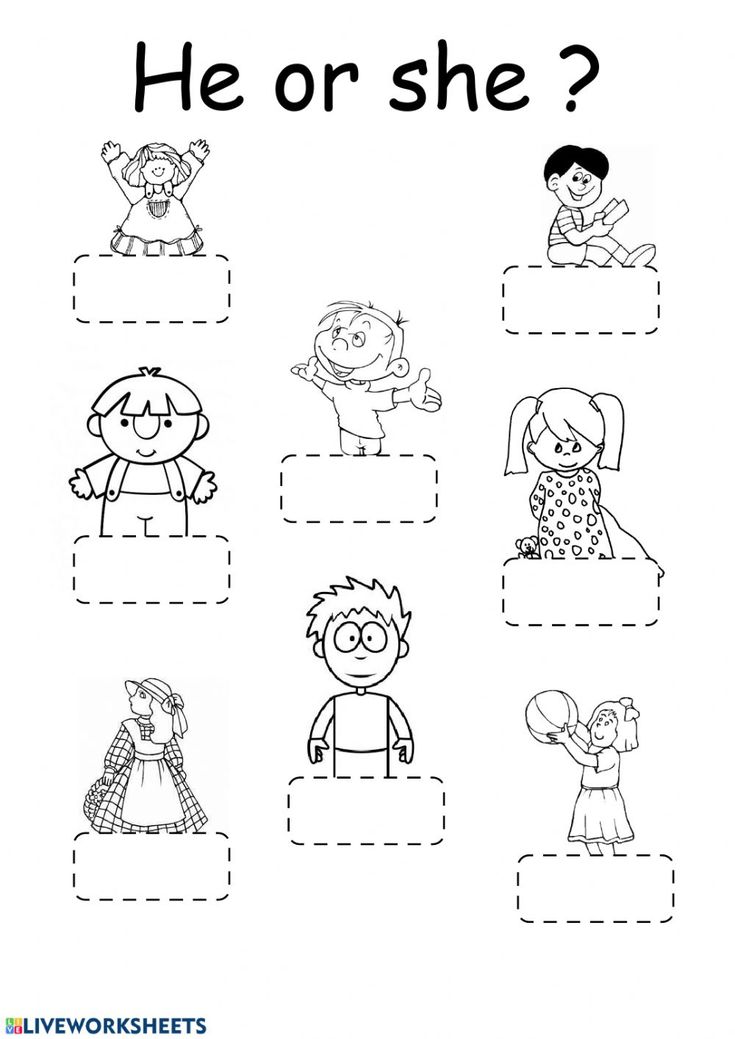 Playing the game regularly can help your child with physical exercise, improved attention and creativity, self-confidence, and imagination.
Playing the game regularly can help your child with physical exercise, improved attention and creativity, self-confidence, and imagination.
20. Writing in a diary
Your six-year-old child can learn discipline and organize thoughts by keeping a diary. It allows them to be expressive. Writing also provides an opportunity to improve handwriting, vocabulary, and grammar.
21. Cardmaking
Image: Shutterstock
Making a greeting card involves cutting, drawing, coloring, gluing, and getting crafty. It improves your child’s motor skills and power of imagination. Buy colors, glitters, and sheets of paper to make cards for different occasions, such as birthdays, Christmas, Thanksgiving, Mother’s Day, and Father’s day.
22. Board games
Playing indoor board games with family and friends helps improves a child’s problem-solving skills, improves strategy skills and concentration, and strengthens communication. Some of the popular ones include Tic-tac-toe, Guess who, Snakes and Ladders, Connect 4, and Scrabble junior.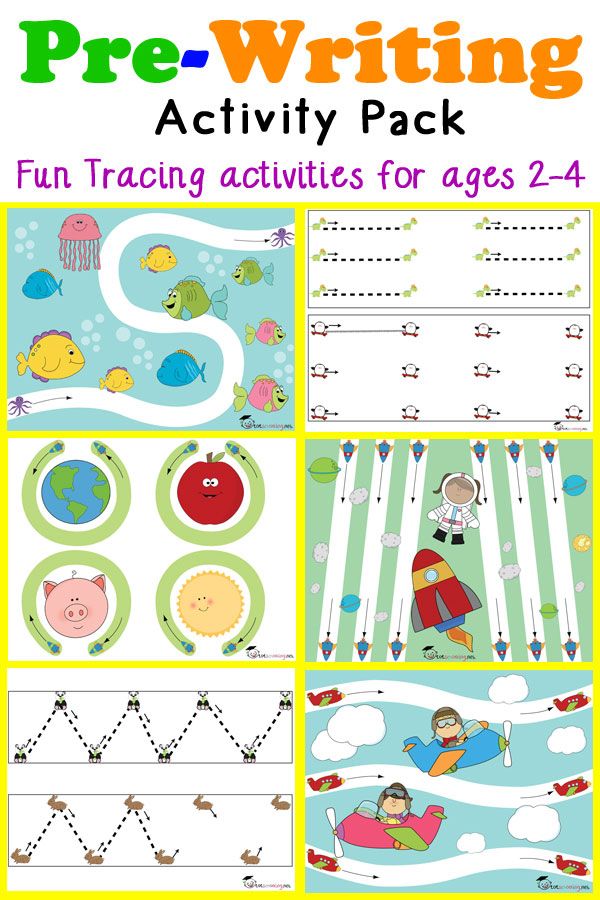
Outdoor Activities
Playing outdoors is crucial for a child’s overall health and development. Playing in parks and grounds helps children learn new things, develop positive attitude and communication, and create a connection with nature.
23. Visit a museum
Children can learn about history by visiting a museum. It encourages them to ask questions and learn more about the world and the universe. Take your six-year-old to a museum in your town or city and help them compare the past with the present.
24. Gardening
Image: Shutterstock
Let your six-year-old get close to nature through this activity. Sowing a seed, mulching, watering plants, and other gardening activities cultivate a unique learning experience. Teach children basic gardening skills to make them understand the importance of nature and love nature.
25. Camping
Give a camping experience to your little ones once in a while. You can start once they are six years old. It helps in unplugging from the routine life, motivates working in a team, fosters social skills, and helps connect with nature, family, and friends.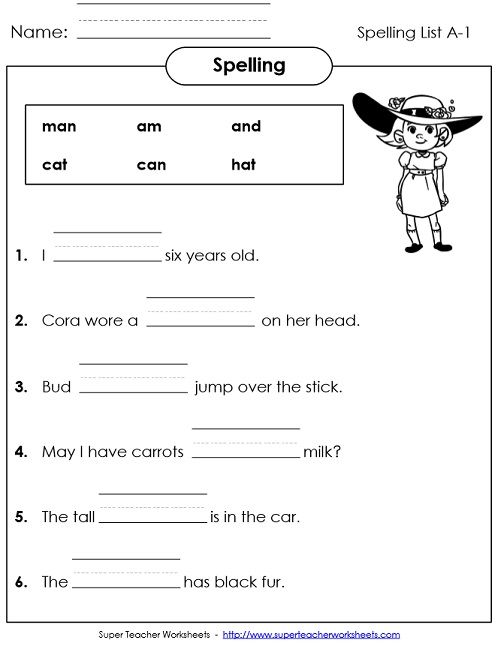 Before you camp outside, you can even build a tent with blankets over two pieces of furniture.
Before you camp outside, you can even build a tent with blankets over two pieces of furniture.
Related: 32 Easy Camping Activities For Preschoolers And Toddlers
26. Obstacle course
Make an obstacle course in the park or backyard of the house and let your child improve their gross motor skills. You can make them hop over the bricks, crawl under the chairs, stretch their hands and legs, and twirl around.
27. A family walk
Image: Shutterstock
Take your child for a walk amidst the natural surroundings. It can be in the nearby woods or a park. Let them talk to you freely, share their feelings, explore nature, touch the flowers and leaves, and breathe in the fresh air. It could strengthen your bond and make them appreciate nature.
28. Picnic with friends and family
A picnic is a wonderful activity to keep children close to nature and loved ones. It is a good opportunity to play games, rest, hang around, and relish delicious homemade snacks.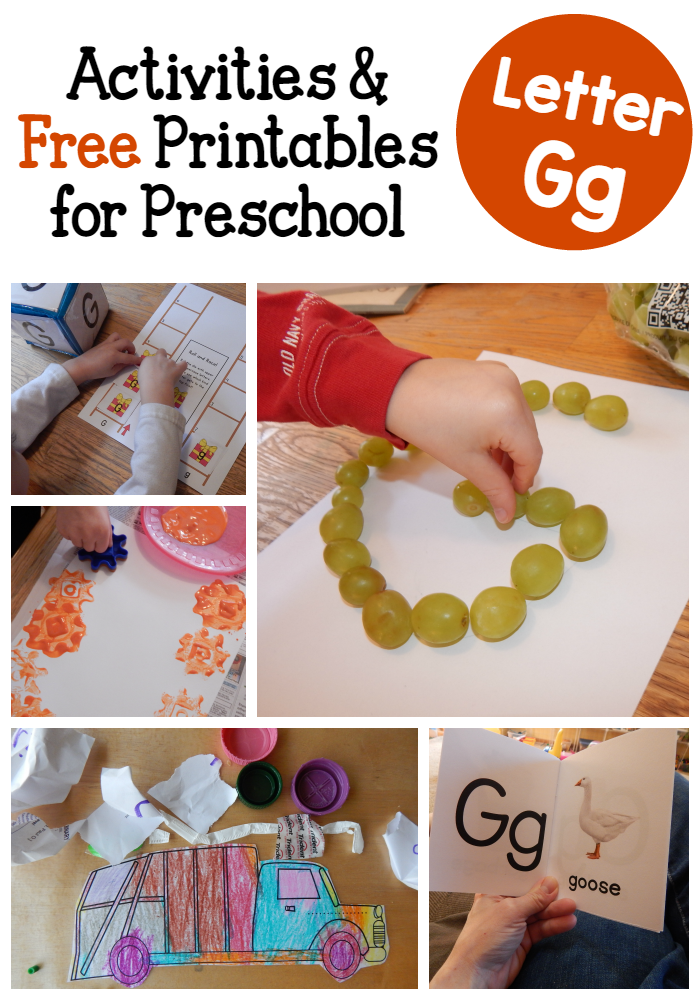 This activity strengthens the familial bond and also gives the child a break from the monotonous school life.
This activity strengthens the familial bond and also gives the child a break from the monotonous school life.
29. Cycling
Image: Shutterstock
Encourage your six-year-old to cycle to keep them active, build muscle mass, boost confidence, strengthen social skills, improve navigational skills, and have unlimited fun. Once they are comfortable cycling, they can have bike rides with family and friends.
30. Backyard games
Hopscotch, hide and seek, bowling with recycled bottles, tire swing, and water play are a few simple outdoor activities that you can encourage your child to play. Ask them to call their neighborhood friends or cousins. Let them enjoy, have fun, and cherish their childhood days.
Some rejuvenating activities for 6-year-olds can be a great way to activate all their senses. Young children should not be limited to studies and schoolwork, rather they should be exposed to different activities. It will help them gain immense interest in extracurricular activities.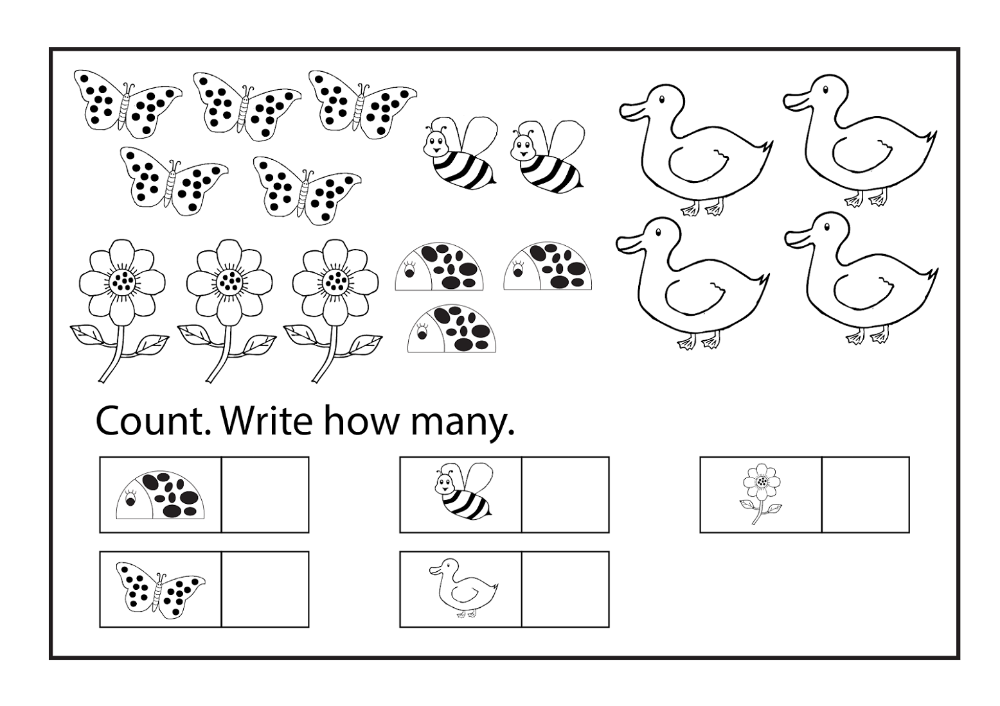 Remember that their physical and mental development is possible only when they are more actively involved and interested in doing something they genuinely enjoy. Maybe a little push from your end could help them pursue these interests more seriously.
Remember that their physical and mental development is possible only when they are more actively involved and interested in doing something they genuinely enjoy. Maybe a little push from your end could help them pursue these interests more seriously.
1. Why does my 6-year-old act like a baby?
Child regression is a normal part of growth and development in children. A child learning new skills means that the parents are no longer needed to aid them. Hence, it may cause them to regress and act like babies as a call for care and attention from their parents. So be patient and supportive of your children when they are growing up (1).
2. Why is my 6-year-old so angry?
Children can be upset and angry for various reasons. Calm them down by acknowledging their feelings and talking to them patiently. Rather than scolding them for their tantrums, empathize with them so that you get a clear idea about what is troubling them. Consult a specialist if you believe that your child needs proper attention.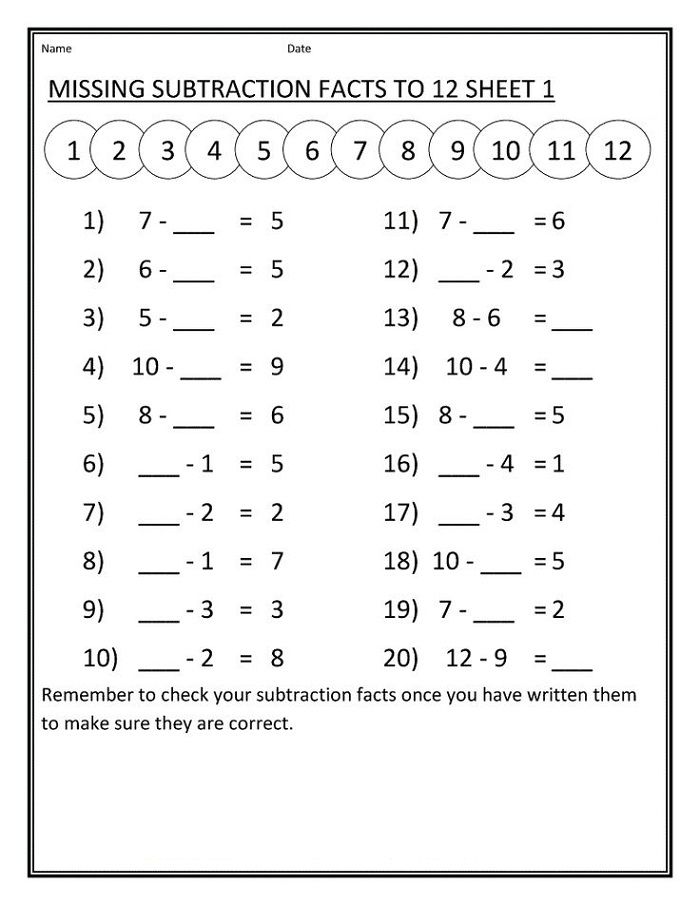
Key Pointers
- Repeating tongue twisters can be fun for a six-year-old, improving reading and memory skills.
- Activities such as Origami and acting out stories will help enhance their communication skills and imagination.
- Introducing them to activities such as New words and Riddles will sharpen their focus and improve their attention.
- Indoor activities like journaling will help in brain development, and outdoor activities like cycling will ensure their physical wellbeing.
References:
MomJunction's articles are written after analyzing the research works of expert authors and institutions. Our references consist of resources established by authorities in their respective fields. You can learn more about the authenticity of the information we present in our editorial policy.
- Child regression: What it is and how you can support your little one
https://www.unicef.org/parenting/child-development/what-is-childhood-regression
The following two tabs change content below.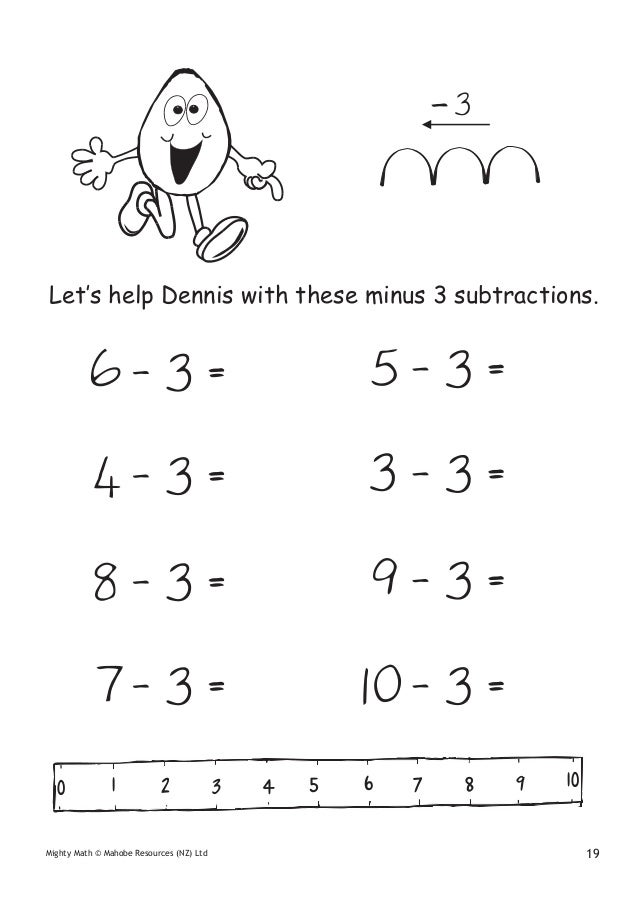
- Reviewer
- Author
Recovery of funds in a five-year-old case
Experts assessed the decision of the Court in different ways. One pointed out that the signing of payment documents on behalf of a bank client by a third party without a power of attorney is a violation of the rules for banking operations. The second noted that banks are not required to verify the authenticity of customer signatures. And the third added that establishing the moment of violation of rights is individual in each case, so it is hardly possible to extend the position of the RF Armed Forces to other cases.
On December 26, 2011, a term deposit agreement in foreign currency was concluded between the bank and citizen M. for 366 days. In March 2014, the woman applied to the bank with a question about the status of the deposit and the amount of accrued interest, but found out that in the spring of 2012 the deposit agreement was terminated ahead of schedule, and the funds were transferred to the account of her ex-husband.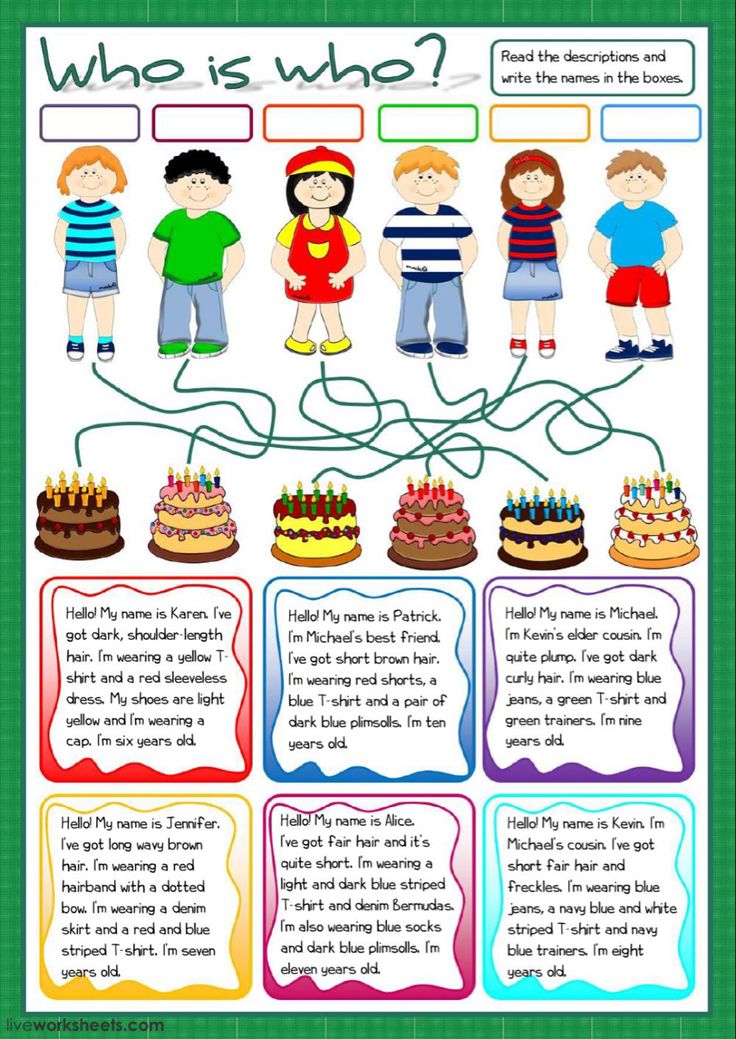
Turning to the bank with a written claim, the woman was refused, in connection with which she went to court demanding the recovery of funds deposited under the term deposit agreement, losses, compensation for moral damage and a fine.
The court denied the claim, but the appellate instance overturned this decision and issued a new one on partial satisfaction of the claims. At the same time, the appeal, guided by the conclusion of the handwriting examination, indicated that the signatures on behalf of the depositor in the application and in the payment order for the transfer of funds dated April 6, 2012 were executed by her ex-husband, therefore, transferring without the consent of citizen M. to the account of the third persons, branch employees violated banking rules. It was also revealed that the amount of money was received by a man through the cash desk of a credit organization on the basis of an expense order.
In turn, the bank filed a lawsuit against the spouse of the depositor, in which he asked to recover unjust enrichment from him.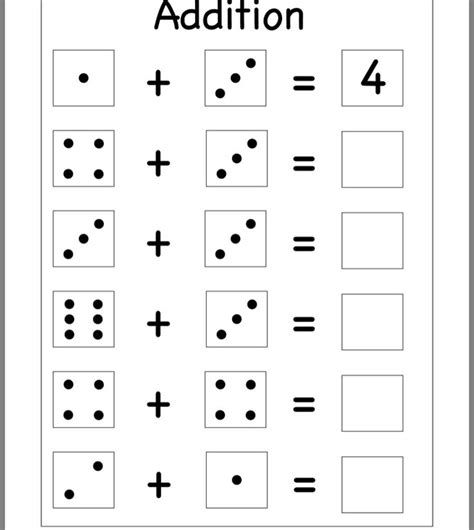 The court of first instance refused to satisfy the claims, based on the fact that the bank missed the limitation period, which was stated by the defendant, since it was calculated from April 6, 2012, since from that moment the credit institution should have known that there were no grounds for transfer of funds. The Court of Appeal came to the same conclusion.
The court of first instance refused to satisfy the claims, based on the fact that the bank missed the limitation period, which was stated by the defendant, since it was calculated from April 6, 2012, since from that moment the credit institution should have known that there were no grounds for transfer of funds. The Court of Appeal came to the same conclusion.
However, the Judicial Collegium for Civil Cases of the Supreme Court of the Russian Federation considered that the decisions of the lower courts were based on an incorrect interpretation and application of the law. Based on the norms of the Civil Code of the Russian Federation in the wording in force at the time of the disputed relationship, the Court indicated that the limitation period was three years and began from the day when the person knew or should have known about the violation of his right.
In addition, the Supreme Court clarified that paragraph 3 of the Decree of the Plenum of the Supreme Court of the Russian Federation dated September 29, 2015 No.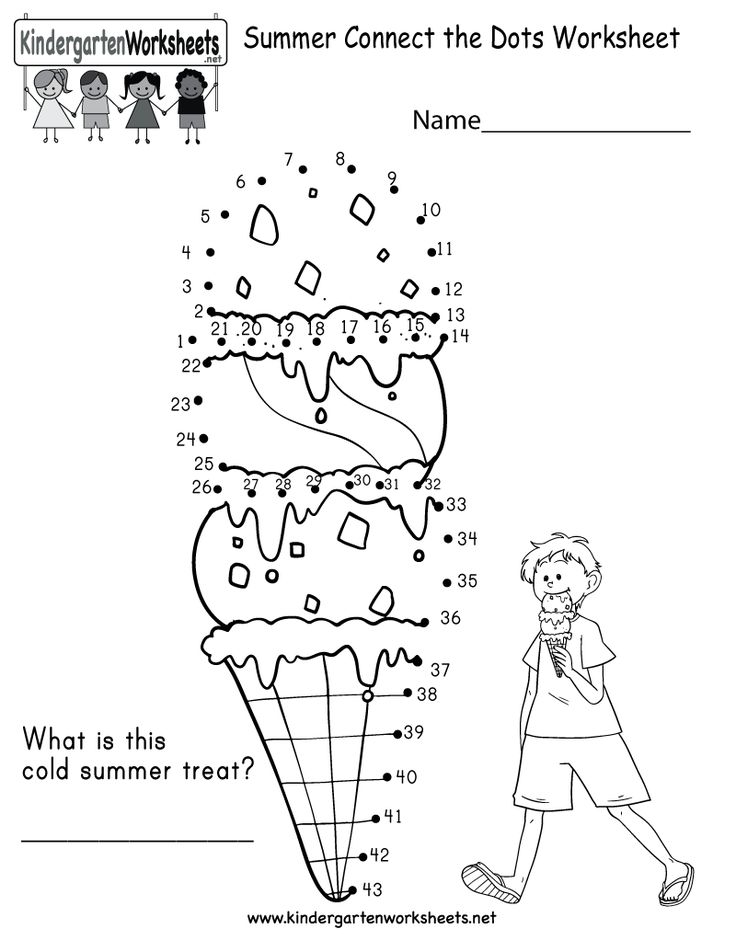 43 “On Certain Issues Related to the Application of the Rules of the Civil Code of the Russian Federation on Limitation of Actions” states that the limitation period for the requirements of a legal entity begins from the day when a person who has the right to act independently or jointly with other persons on behalf of a legal entity learned or should have known about the violation of the right of a legal entity and about who is the proper defendant.
43 “On Certain Issues Related to the Application of the Rules of the Civil Code of the Russian Federation on Limitation of Actions” states that the limitation period for the requirements of a legal entity begins from the day when a person who has the right to act independently or jointly with other persons on behalf of a legal entity learned or should have known about the violation of the right of a legal entity and about who is the proper defendant.
By filing a statement of claim, the bank raised the issue of unjust enrichment on the part of the defendant before the court. The plaintiff pointed out that before the appellate instance issued a ruling on partial satisfaction of the claims of the defendant's ex-wife, he had no reason to believe that there had been unjust enrichment at the expense of a credit institution, however, the court of first and appeal instances, in violation of the above norms of substantive law and explanations of the Plenum of the Supreme Court The Russian Federation did not give a proper assessment to these arguments.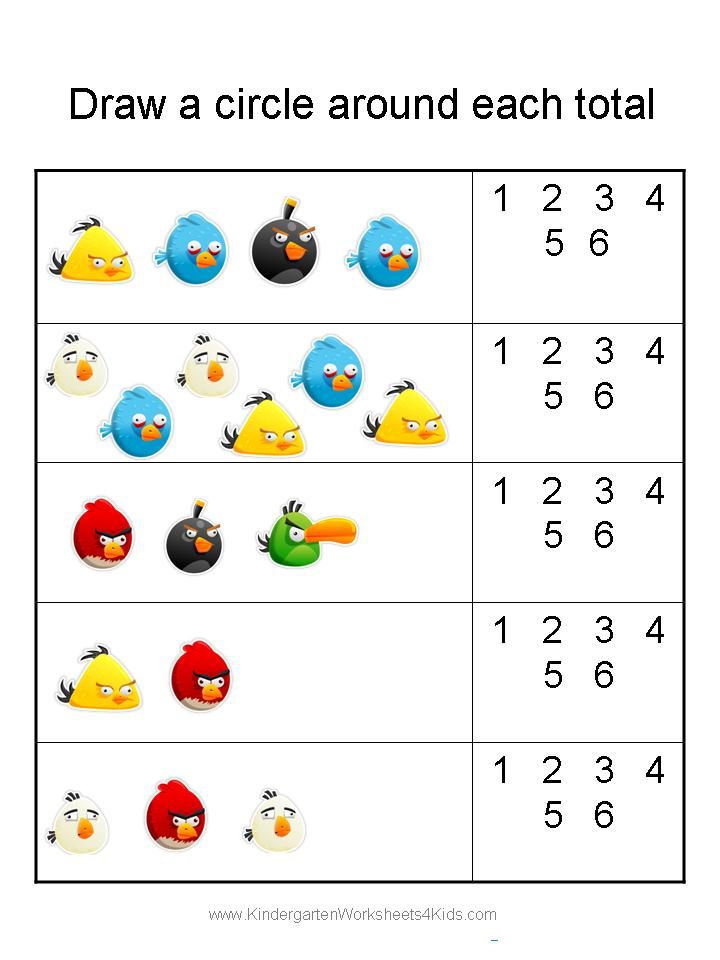
In connection with the foregoing, the Supreme Court of the Russian Federation decided to cancel the judicial acts of lower instances and send the case for a new trial to the court of first instance.
Lawyer, secretary of the Council of Young Lawyers of the Voronezh Regional Administration Olesya Alimkina noted that this case is of interest from a substantive legal point of view. She pointed out that, on the one hand, the credit institution formally found out about the violation of the right when funds were recovered from it in favor of the defendant's ex-wife, since only this judicial act established the fact of signing documents for the disposal of money by an unauthorized person. On the other hand, the signing of payment documents on behalf of a bank client by a third party without a power of attorney is a flagrant violation of the rules for banking operations.
“The bank employee who processed the transfer of funds could not but understand that he was violating the rules and that sooner or later the depositor would recover money from the bank.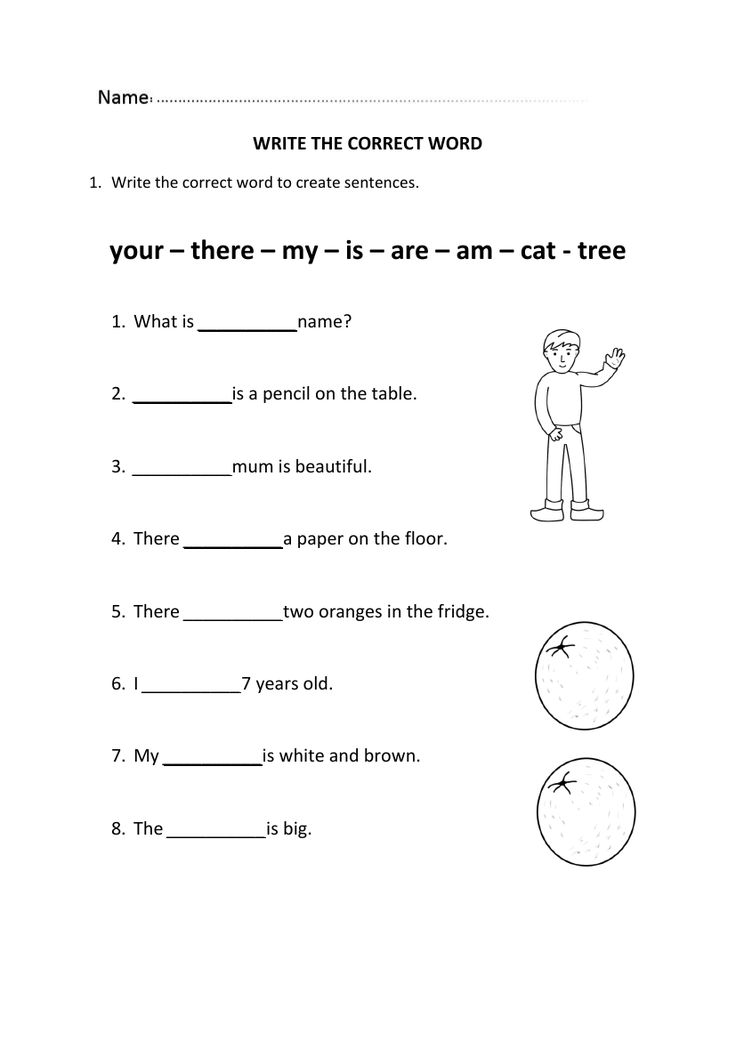 If the bank employee knew about it at the time of the transaction, then from what moment should the limitation period be calculated? the expert asks. According to her, the answer to this question will largely depend on how closely banks should monitor the activities of their employees. “The Supreme Court of the Russian Federation did not give any explanations on this matter, simply pointing out that lower courts need to determine when the bank found out about the violation of its rights. This means that the intrigue remains,” said Olesya Alimkina.
If the bank employee knew about it at the time of the transaction, then from what moment should the limitation period be calculated? the expert asks. According to her, the answer to this question will largely depend on how closely banks should monitor the activities of their employees. “The Supreme Court of the Russian Federation did not give any explanations on this matter, simply pointing out that lower courts need to determine when the bank found out about the violation of its rights. This means that the intrigue remains,” said Olesya Alimkina.
Irena Nikasheva, lawyer at Freitak & Sons Attorneys at Law, noted that in practice banks do not have sufficient tools, and are not required to verify the authenticity of customer signatures presented in banking documents in the absence of significant circumstances. “In the case considered by the Court, the plaintiff was not aware that the defendant had no rights to transfer funds from the ex-wife’s account to his own account, from which it can be concluded that the bank did not violate internal banking rules and client policy,” she explained.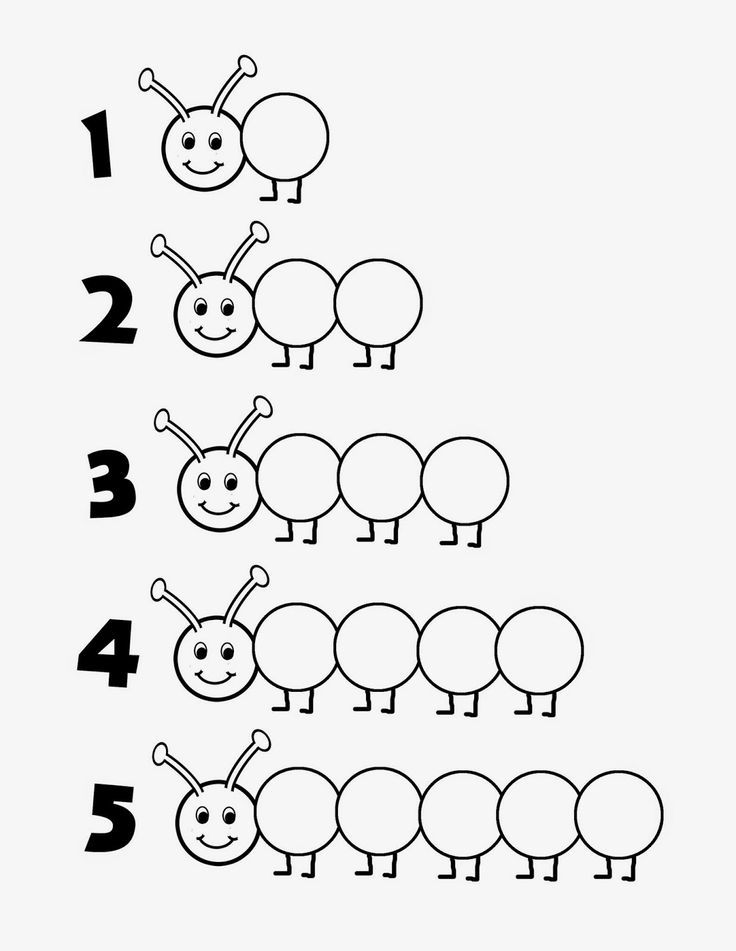 she.
she.
Tatyana Protsenko, lawyer of the Moscow City Administration, added that situations where the courts incorrectly calculate the statute of limitations are common. In this case, the court erroneously determined that the bank learned about the violation of its right at the time of transferring funds to the account of a person who was not the owner of the deposit.
“The position of the Supreme Court on this issue has not changed in this definition,” says the lawyer. “Establishing the moment of violation of rights is individual in each specific case, so it is hardly possible to extend the position of the Supreme Court of the Russian Federation on this case to all other cases.”
The company was able to return the overpayment of six years ago
Become a client
Name: *
Surname: *
Middle name:
Telephone *
E-mail*
I consent to the processing of personal dataThank you for your feedback!
Write to us
Name: *
Surname: *
Middle name:
Telephone *
E-mail*
I consent to the processing of personal dataThank you for your feedback!
Checkbox check
Name: *
Surname: *
Middle name:
E-mail*
Advice line
Ready contract
Privilege Bank
I consent to the processing of personal dataLegislation
The court recognized the company's right to return the overpayment on profits from which more than three years have passed.
Based on the results of the on-site inspection, the IFTS assessed the company's additional property tax. After the correctness of this decision was confirmed, the company submitted updated “profitable” declarations, in which it took into account additional charges, and tried to return the resulting overpayment.
The inspectors partially disagreed with the existence of the overpayment, since more than three years have passed since the payment of the tax.
Before the court approved the correctness of the additional charges, the company was mistaken in good faith, which means that it could not know about the excessive payment of tax. The three-year period must be counted from the entry into force of the court decision on the results of the audit. In such a situation, the company has the right to return the overpayment.
Previously, the courts clarified from what moment the three-year period for the return of the tax overpayment is counted.
Mass media registration certificate: El No.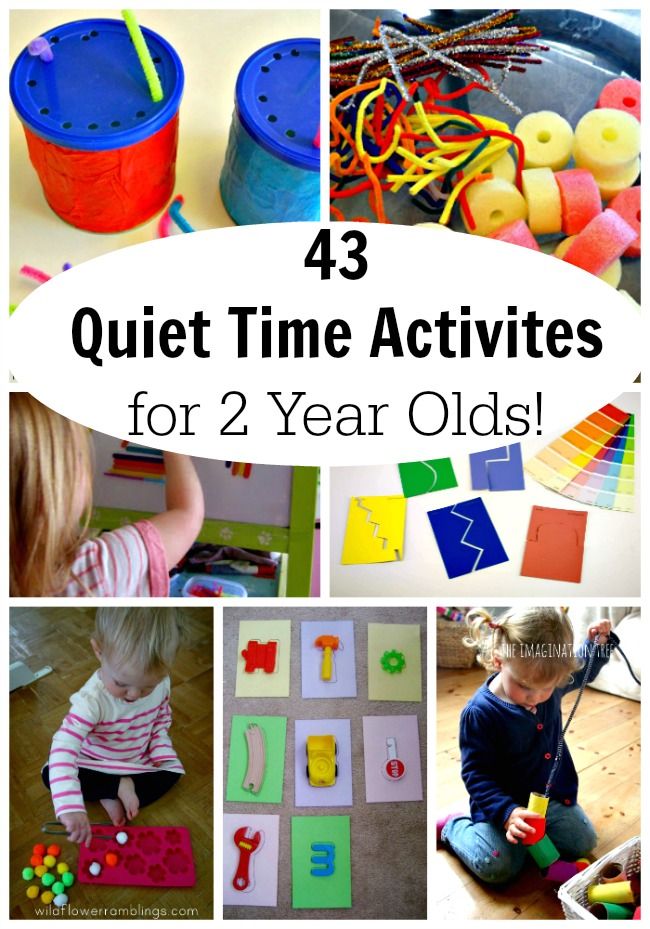 ФС77-67462 dated October 18, 2016 Editorial contacts: +7 (495) 784-73-75, [email protected]
ФС77-67462 dated October 18, 2016 Editorial contacts: +7 (495) 784-73-75, [email protected]
Latest news
One tariff - one base. The tariff "Basic" in 1C: Fresh will change from May 15 Court: the decision of the Federal Tax Service should not violate the rights and interests of the taxpayer in business What should I do if an employee returns to work while on sick leave? Single tax payment: pointed out the rules for bringing the OKTMO code in the payment order and other nuances of payment Personalized information about individuals for January 2023: the nuances of filling out a new form
Consultant Plus
Free access for 3 days
Get free access
for 3 days
Thank you for your contact!
Foreign economic activity (accounting and taxes)
Other (intellectual property law, land law, family law, real estate registration)
Representation in court
Taxation and reporting (STS, special regimes)
Budget accounting (KOSGU) and accounting policy (RAS) )
Salary, personal income tax, insurance premiums
Tax audits and litigation with the Federal Tax Service
Budget and tax reporting
Contractual work
Foreign workers
Occupational safety (medical examinations, SATS, etc.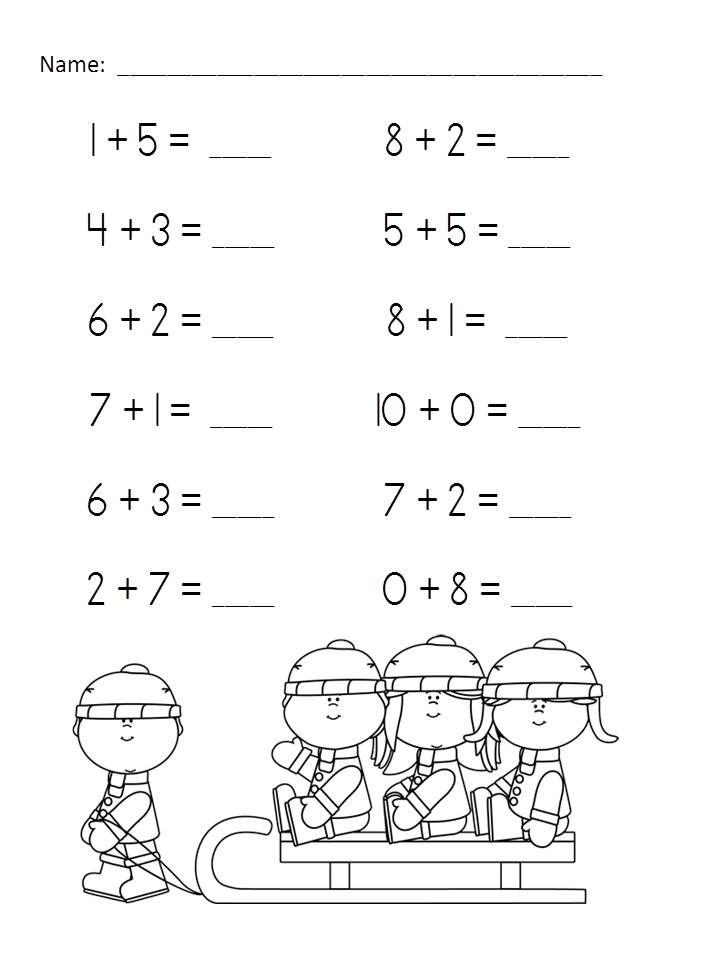 ) , commissions, contracts, cessions, innovations, loans, research and development, commercial loans, leasing)
) , commissions, contracts, cessions, innovations, loans, research and development, commercial loans, leasing)
Accrual and payment of taxes, reporting (DOS)
Constituent documents. corporate procedures.
Preparation of documentation, procurement planning, conclusion of an agreement under 223-FZ
Accounting. Accounting policy
Corporate procedures
Budget estimate of a government institution or FCD plan of a budgetary (autonomous) institution
Personal income tax, insurance premiums, wages
Interaction with supervisory, control bodies, state and municipal authorities
Litigation work Development of local regulations and job descriptions
Internal and external part-time workers, GPC agreements
Labor disputes
Interaction with supervisory, control bodies, state and municipal authorities (inspections, responsibility)
Preparation of documentation, procurement planning, conclusion of state contracts under 44-FZ
14.